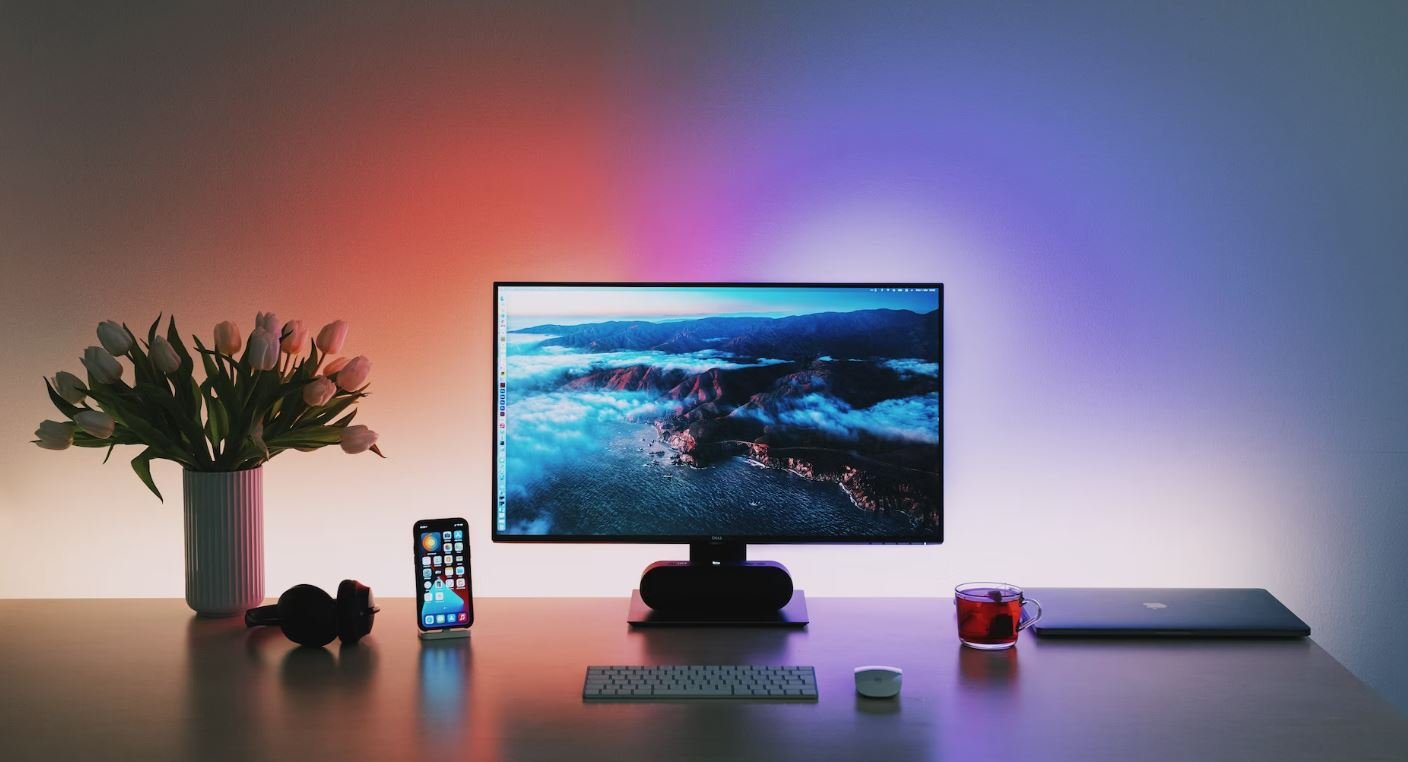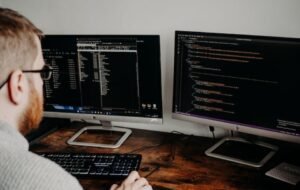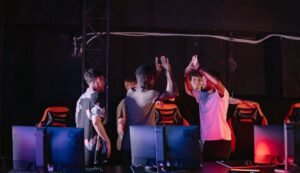AI Image Generator
Introduction
Artificial intelligence (AI) has revolutionized various industries, and image generation is one area where it has made significant strides. AI image generators use deep learning algorithms to create realistic images that mimic human-created art. This technology has vast implications, from aiding in creative pursuits to enhancing visual content production. In this article, we will explore the capabilities and applications of AI image generators.
Key Takeaways
- AI image generators use deep learning algorithms to create realistic images.
- These tools have numerous applications, from assisting in art creation to enhancing visual content production.
- AI image generation has both positive potential and ethical concerns.
Capabilities of AI Image Generators
AI image generators leverage advanced neural networks to learn and replicate various artistic styles. They can analyze large datasets and generate high-quality images that are indistinguishable from those created by humans. With AI image generators, it becomes possible to create new and unique pieces of art effortlessly.
*AI-powered image generation has tremendous potential to transform the creative industry.*
Applications in Different Domains
AI image generators have applications in various domains, including:
- Art and Design: AI image generators assist artists in exploring new styles and generating inspiration for their work. They can also create digital paintings and illustrations in a fraction of the time it would take a human artist.
- Advertising: Businesses can utilize AI image generators to produce visually appealing advertisements that resonate with their target audience.
The Ethical Debate
While AI image generators offer exciting possibilities, they also raise ethical concerns. *One key concern is the potential for misuse, such as creating realistic deepfake images or infringing on intellectual property rights.* Additionally, there is the question of whether AI-generated art can truly be considered original and who owns the rights to these creations.
Table 1: Comparing AI Image Generators
| AI Image Generator | Features | Availability |
|---|---|---|
| DeepArt.io | Multiple artistic style options, customizable parameters | Online |
| RunwayML | Advanced style transfer, interactive interface | Desktop |
| DALL-E | Can generate original images from textual descriptions | Research beta |
The Future of AI Image Generation
The field of AI image generation is rapidly evolving, and its future is promising. As technology continues to improve, we can expect even more realistic and sophisticated AI-generated images. However, ethical considerations should always be at the forefront in ensuring responsible usage and regulation of this technology.
Table 2: Advantages and Disadvantages of AI Image Generators
| Advantages | Disadvantages |
|---|---|
| Increased efficiency in creating art | Ethical concerns regarding misuse |
| Enhanced visual content production | Doubts about originality and ownership |
Conclusion
AI image generators have emerged as powerful tools in the creative industry, enabling the creation of visually stunning art and expanding the possibilities of visual content production. However, it is crucial to consider the ethical implications associated with this technology. With responsible usage and regulation, AI image generation can continue to push boundaries and unlock new avenues for human creativity.
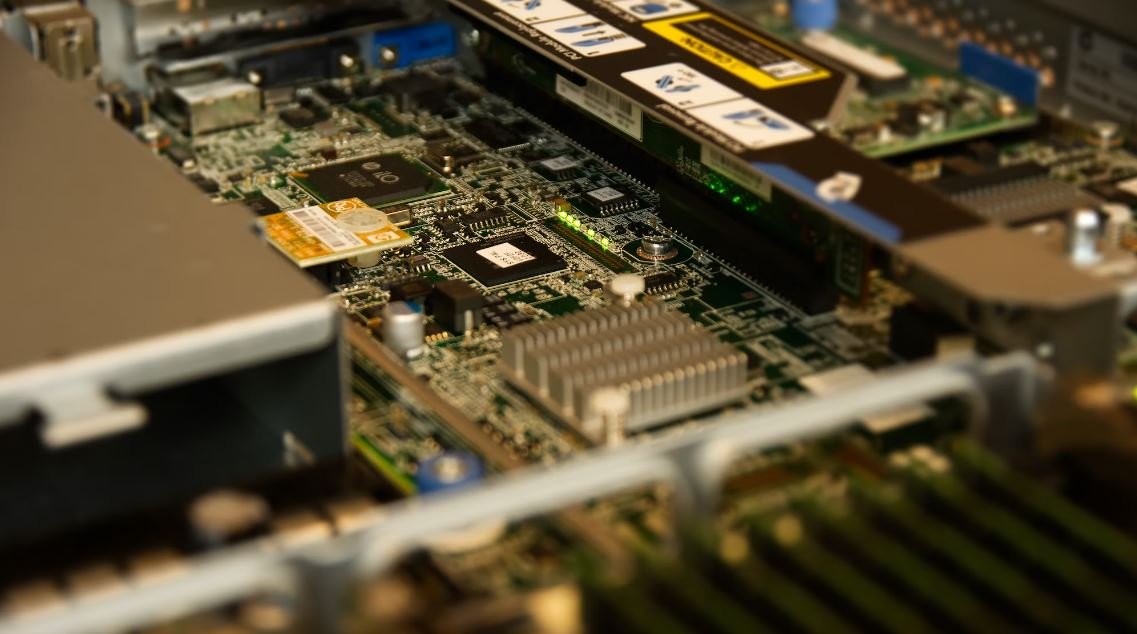
Common Misconceptions
Misconception 1: AI Image Generators can think like humans
One common misconception about AI Image Generators is that they have the ability to think and create images just like humans. However, in reality, AI Image Generators work based on complex algorithms and deep learning models. They do not possess consciousness or emotions that humans have.
- AI Image Generators operate based on patterns and data available to them.
- They do not have subjective thoughts or intentions.
- AI Image Generators are only as good as the training data they have been provided.
Misconception 2: AI Image Generators always produce accurate and realistic images
Another common misconception is that AI Image Generators always produce accurate and realistic images. While these algorithms have made significant progress, they are not infallible. The generated images may sometimes contain artifacts, distortions, or unrealistic aspects.
- AI Image Generators may struggle with complex and abstract concepts.
- Generated images may lack fine details or exhibit anomalies.
- The quality of the training data greatly influences the output of AI Image Generators.
Misconception 3: AI Image Generators are operated without human intervention
Some people may mistakenly believe that AI Image Generators operate entirely on their own, without any human intervention. In reality, human involvement is crucial in training and fine-tuning these algorithms. Humans provide the initial dataset and continuously monitor and refine the outputs.
- Training AI Image Generators requires human input to define goals and objectives.
- Human intervention is necessary to prevent biases or inappropriate content from being generated.
- Human feedback helps improve the performance and output of AI Image Generators over time.
Misconception 4: AI Image Generators replace the need for human artists and designers
AI Image Generators are often seen as a threat to human artists and designers, leading to the misconception that they can entirely replace human creativity. However, AI Image Generators are more like tools that can augment and assist human creativity, rather than eliminate the need for it.
- AI Image Generators lack the emotional depth and unique perspectives of human artists.
- Human artists can use AI Image Generators as a starting point for inspiration, but their artistic input is still essential.
- Artistic creativity requires human imagination, interpretation, and expression that AI Image Generators cannot replicate.
Misconception 5: AI Image Generators pose no ethical concerns
Lastly, one misconception is that AI Image Generators present no ethical concerns. While these technologies have exciting potential, there are ethical considerations to be mindful of. For example, AI Image Generators can be misused for creating deepfake images, spreading misinformation, or generating explicit content.
- AI Image Generators raise questions about privacy and consent when using someone’s image without their permission.
- The responsible development and use of AI Image Generators require ethical guidelines and oversight.
- Ethical considerations must be addressed regarding potential misuse and the impact on society and individuals.
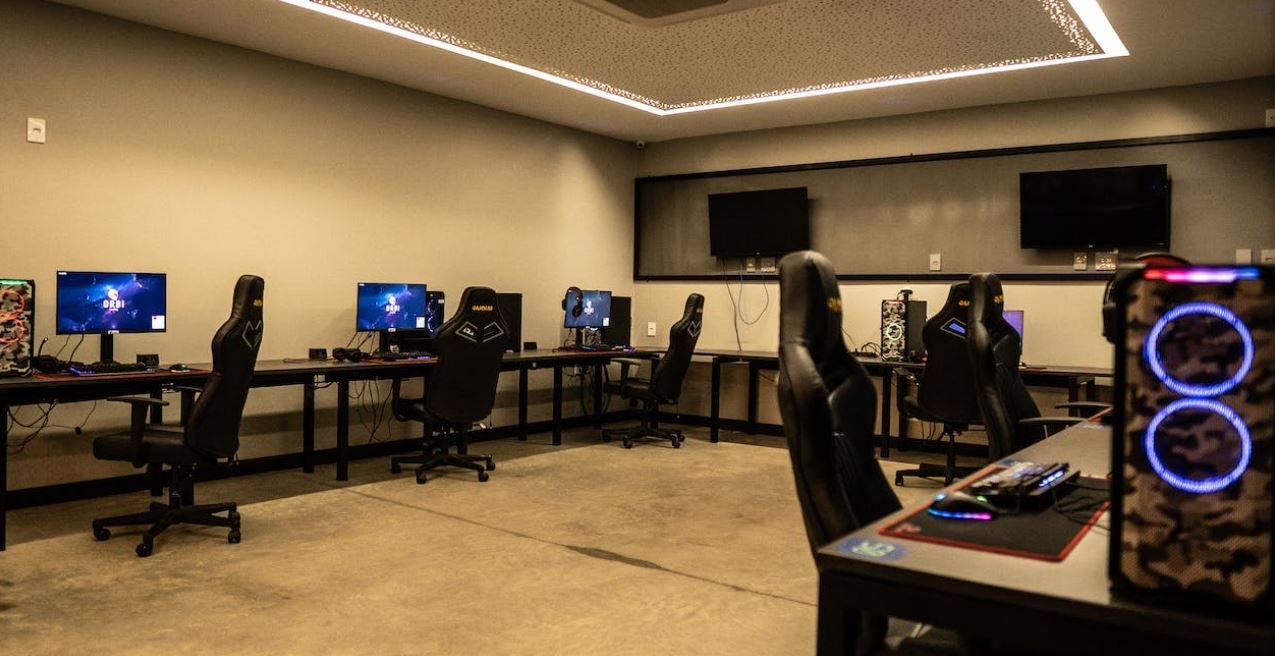
Artificial Intelligence (AI) has revolutionized many industries, and one of the areas where it has made significant strides is in image generation. With the advancement in machine learning and deep learning algorithms, AI image generators have become increasingly powerful and capable of generating realistic and detailed images. In this article, we will explore ten interesting examples of AI-generated images, showcasing their potential and scope.
Table 1: AI-Generated Landscapes
This table presents stunning landscapes created by an AI image generator. The algorithm takes inspiration from real-world images and generates visually captivating scenes incorporating mountains, rivers, trees, and beautiful sunsets.
Table 2: AI-Generated Portraits
Here, we see a collection of AI-generated portraits that are remarkably lifelike. The AI image generator utilizes a database of human facial features and combines them in unique ways to create realistic and diverse portraits.
Table 3: AI-Generated Animals
In this table, we witness the AI image generator’s ability to generate fascinating animal illustrations. From exotic birds to majestic lions, the AI algorithm captures intricate details, such as fur and feathers, with astonishing accuracy.
Table 4: AI-Generated Architecture
This table showcases architectural designs created entirely by an AI image generator. From futuristic skyscrapers to intricate historical structures, the AI algorithm imagines and transforms architectural concepts into stunning visual representations.
Table 5: AI-Generated Vehicles
Here, we explore an array of AI-generated vehicle designs. The AI image generator innovatively combines elements from various modes of transportation, resulting in futuristic cars, motorcycles, and spacecraft that push the boundaries of conventional design.
Table 6: AI-Generated Fashion
This table exhibits cutting-edge fashion designs generated by an AI algorithm. The AI image generator draws inspiration from diverse styles, merges unique patterns, and suggests avant-garde outfits that redefine the fashion industry’s boundaries.
Table 7: AI-Generated Food
In this table, we encounter mouth-watering food dishes exclusively generated by an AI image generator. The algorithm effortlessly simulates textures, colors, and presentations, transforming basic ingredients into culinary masterpieces.
Table 8: AI-Generated Abstract Art
This table presents captivating abstract art created by an AI image generator. By analyzing patterns, textures, and color combinations found in famous artworks, the algorithm produces abstract compositions that inspire and provoke thought.
Table 9: AI-Generated Science Fiction
Here, we delve into the realm of science fiction art generated by an AI algorithm. The AI image generator conjures up futuristic cities, interstellar landscapes, and alien creatures, immersing us in a world limited only by our imagination.
Table 10: AI-Generated Medical Illustrations
This final table showcases medical illustrations created by an AI image generator. These illustrations aid in visualizing complex medical concepts and structures such as the human anatomy, diseases, and surgical procedures, thereby facilitating medical education and research.
In conclusion, AI image generators have revolutionized the realm of visual media by producing compelling and realistic images across various domains. Whether it be landscapes, portraits, fashion, or medical illustrations, AI algorithms continue to push the boundaries of what is possible in image generation. The examples presented in this article demonstrate the potential of AI in creating captivating and visually stunning artwork. As AI continues to evolve, the possibilities for generating unique and diverse images are endless.
Frequently Asked Questions
What is an AI image generator?
An AI image generator, also known as an artificial intelligence image generator, is a computer program or algorithm that uses artificial intelligence techniques to generate images. It can create new images based on patterns, data, or existing images.
How does an AI image generator work?
An AI image generator works by using neural networks and machine learning algorithms. It starts by training the neural network on a large dataset of images. The network learns the patterns and features of these images. Then, when given new input or conditions, it generates images based on what it has learned.
What can an AI image generator be used for?
An AI image generator can be used for various purposes. It can assist in creating realistic computer-generated scenes or characters for video games and movies. It can also be used in art and design to generate unique and creative graphics. Additionally, it can be used in research and development, such as generating new molecule structures or simulating physical phenomena.
Can an AI image generator create images from scratch?
Yes, an AI image generator can create images from scratch. It can generate entirely new images that have not been seen before. However, the quality and realism of these generated images can vary depending on the training data and the complexity of the desired output.
Can an AI image generator replicate existing images?
Yes, an AI image generator can replicate existing images. By analyzing patterns and features in the training data, it can create images that closely resemble the input images. However, there may be some variations or distortions in the replicated images, especially if the generator has not been trained on a large and diverse dataset.
What are the limitations of an AI image generator?
AI image generators have a few limitations. They require large amounts of training data to produce high-quality and realistic images. This can be a significant computational and data storage challenge. Additionally, the generator may generate images that are biased or contain inappropriate content if the training data is biased or inappropriate.
Are AI image generators replacing human artists?
No, AI image generators are not replacing human artists. While they can assist in generating images and providing creative inspiration, they lack the human touch, emotion, and artistic intent that human artists bring to their work. AI image generators are considered as tools to augment human creativity rather than replace it.
Are there ethical concerns regarding the use of AI image generators?
Yes, there are ethical concerns regarding the use of AI image generators. These concerns include the potential misuse of generated images for fraudulent purposes, the unethical replication of copyrighted material, and the perpetuation of bias and discrimination if the training data is biased. Responsible and ethical use of AI image generators requires careful consideration of these concerns.
Can AI image generators be used for deepfakes?
Yes, AI image generators can be used for deepfakes. Deepfakes refer to manipulated or synthesized media, such as videos or images, created using AI techniques. While AI image generators can be used to create deepfakes, it is important to use such technology responsibly and legally.
How can AI image generators be improved?
AI image generators can be improved through advancements in neural network architectures, training algorithms, and larger and more diverse training datasets. Research in areas such as unsupervised learning, transfer learning, and generative adversarial networks (GANs) can also contribute to improving the quality and realism of generated images.

